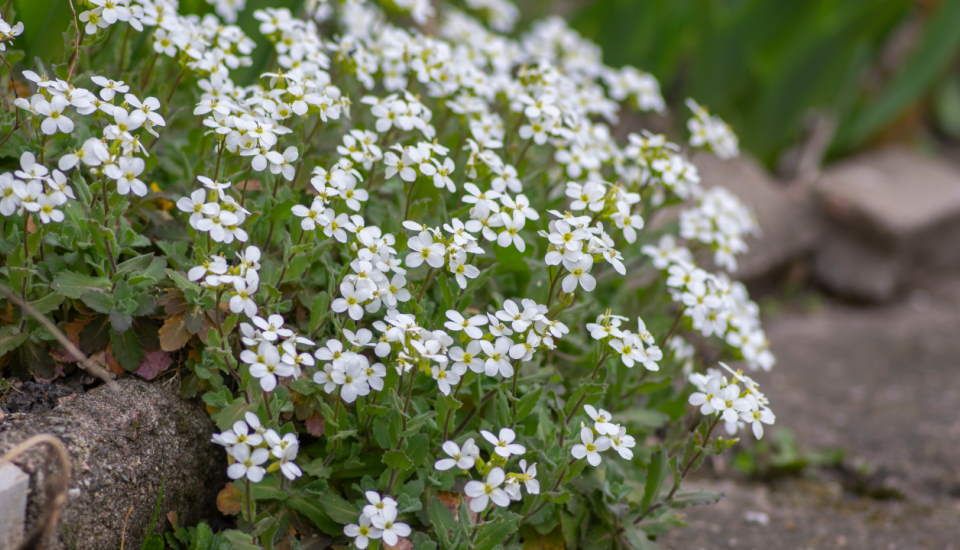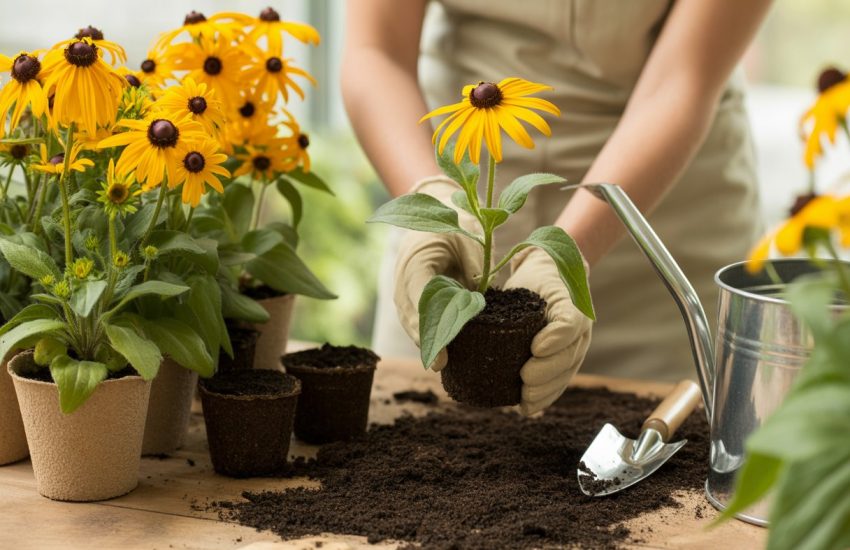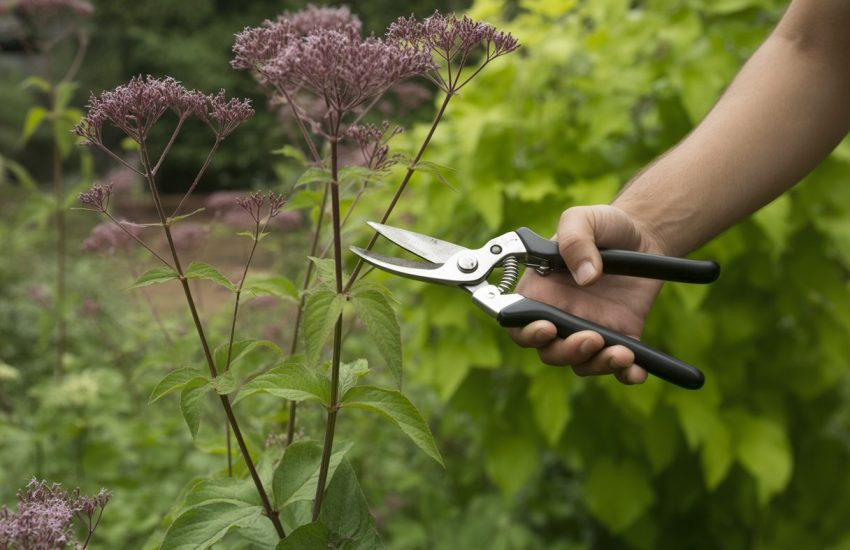Garden Arabis (Arabis Caucasica): How to Grow & Care
Garden Arabis (Arabis Caucasica) is a large genus of the Brassicaceae family flowering plants. These plants have petite, delicate, and adorable flowers that go perfectly with their characteristic foliage.
Aside from their allure, they are also quite simple to cultivate and care for, especially if you have no prior gardening knowledge.
Growing & Caring Garden Arabis (Arabis Caucasica)
When it comes to lighting conditions, Garden Arabis plants may thrive in a wide range of situations. These flowers, on the whole, like situations where they can get plenty of direct sunlight. They may endure partial to full shade, especially if you reside in a warm-weather zone.
They can usually grow in situations that just a few other plants can, such as frost, harsh winter temperatures, and winds, as well as in hot and dry weather in general. The optimal temperature for Rock Cress plants is between 18 and 21 degrees Celsius (65 and 70 degrees Fahrenheit).
Planting Garden Arabis (Arabis Caucasica)
Spring or autumn are the best times to plant your Arabis species.
Garden Arabis plants thrive on gritty or sandy soils with excellent drainage. Although these plants aren’t particular about their growing medium, slightly acidic soils benefit them more. If your soil isn’t acidic enough, you can add a light pine needle mulch to boost acidity and assist it in retaining moisture.
To help your Arabis beauties develop faster, fertilize them with a high-nitrogen solution when you initially plant them. After that, you can wait until the plants bloom before fertilizing them. Once this has occurred, you can feed your Arabis plants a phosphorus-rich fertilizer once a year after their flowering time has ended.
Watering Garden Arabis (Arabis Caucasica)

One of the best advantages of Arabis plants is that once established, they grow more drought-tolerant. However, until then, you’ll need to water them regularly to help them adjust to their new surroundings. It’s best to water them anytime the top half of the soil has dried out throughout their first year of growth.
You can reduce the frequency of watering after your plants have reached maturity. Even if you leave them in dry soil for more extended periods, they will not rot.
Propagating Garden Arabis (Arabis Caucasica)
Arabis plants can only be propagated through division if they are mature and established. Dig the plants out of their growing medium in the fall and split their roots into three parts. After that, all you have to do is transplant the separated sections wherever you desire. That concludes our discussion.
It would be best if you propagated your Arabis plants with softwood cuttings during the summer. Using a sharp knife, cut around 4-5 inches (10-13 cm) off of young, healthy stems. Plant the cuttings outdoors in the soil or indoors in a wide but short container filled with fresh soil once you have them. Place the container in a bright, direct light location and water the cuttings once every five days. With careful care, the cuttings will sprout roots in approximately a month.
Conclusion
As previously stated, these plants are so beautiful and low-maintenance that it will be difficult to resist them! Furthermore, the beautiful white blooms of these hardy alpine flowers will attract beneficial pollinators to your garden, benefiting your other plants as well.
Sources:
https://en.wikipedia.org/wiki/Arabis_caucasica
Other Flowers:
Garden Cosmos (Cosmos Bipinnatus): How to Grow & Care
Oriental Poppy (Papaver Orientale): How to Grow & Care
African Lily (Agapanthus Africanus): How to Grow & Care


